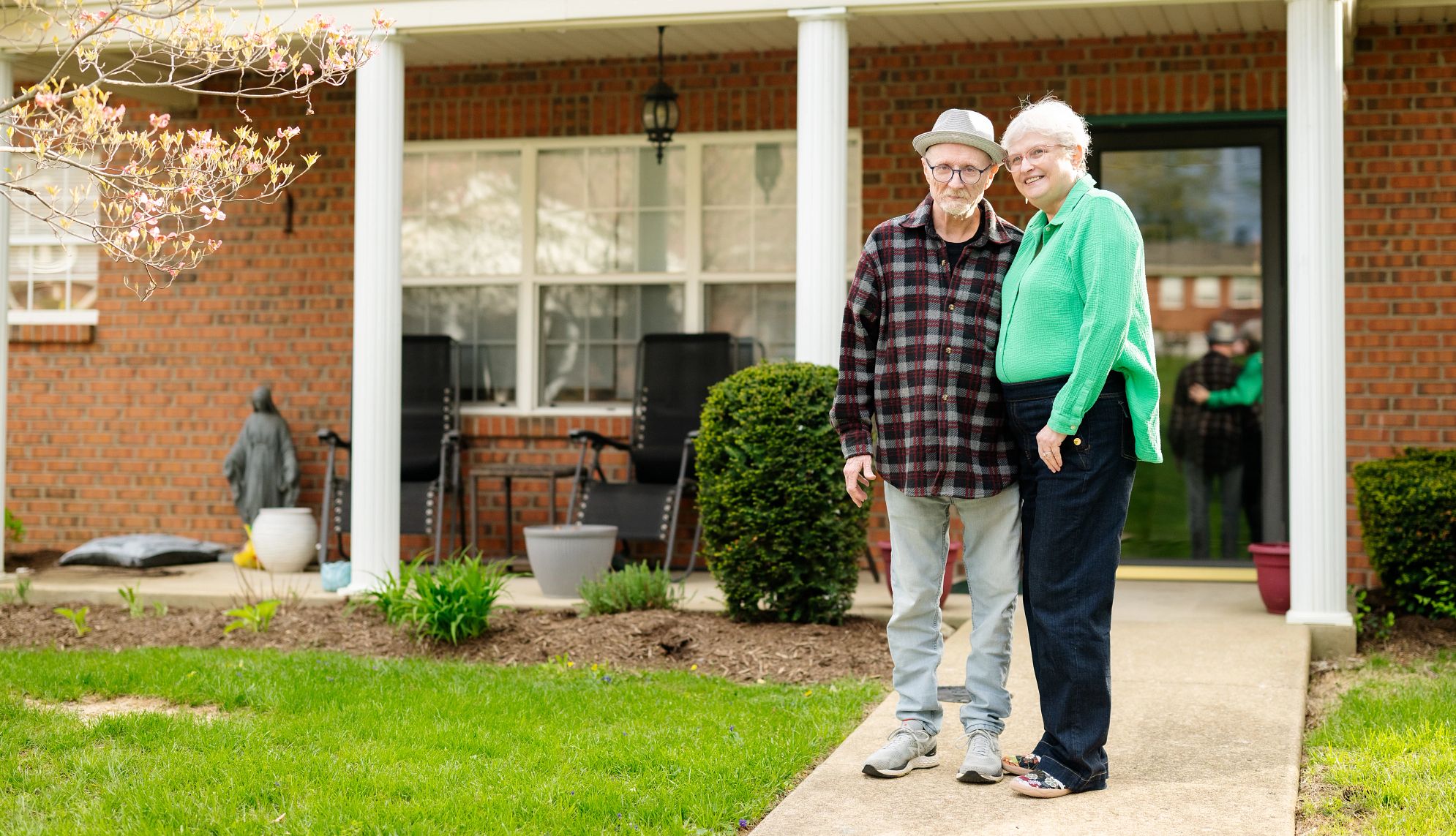AARP Hearing Center


Deb Bunnell loved living in a multicultural community in Northern Virginia. The retired business consultant, 66, recalls parties in the breezeways at her condo complex, and luncheons where “everyone would bring their favorite food.”
Neighbors shared homemade Indian cuisine, drinks of all sorts and “vegetarian dishes that were just spectacular,” Bunnell says. “It was all different.”
But in 2019, her daughter from her first marriage became seriously ill with adult-onset hypophosphatasia, a rare genetic condition that can significantly weaken bones and teeth. Deb and her husband, Paul Bunnell, sold their condo in Virginia and moved to Louisville, Kentucky, to help care for her. They had no idea whether they could duplicate or replace a lifestyle they loved, but it was where they needed to be.


What’s Your Biggest Retirement Mistake?
Retirement isn’t just about leaving a job. It's about changing your life — your routine, your budget, your priorities, where you live. It's decision after decision, and you don't always make the right one. Is there something you wish you’d done differently?
AARP Members Edition wants to hear about your retirement regrets. A mistimed exit from the office? A move to the wrong place? A relationship you gave up? Spending too much, or too little? Share your story at retirement@aarp.org and we might feature it in this series.
For three years, they rented a one-bedroom apartment. “Renting gave us some flexibility and helped in the emotional process of downsizing,” Bunnell says. But it wasn’t the community they wanted. There were no breezeway parties or potlucks. People hardly said hello to each other. And during the pandemic, rents nationwide started rising at double-digit rates.
“Each year they did a hefty raise on the rent,” says Bunnell. “And we found out they were getting ready to raise our rent once again.”
That increase came at a particularly bad time. In July 2022, Paul was diagnosed with stage 4 cancer that had spread to five organs.
“It made us really look seriously at our finances,” Deb says, “and what would be best for me if, God forbid, something happened to him.”
By then, the couple regretted not trying to buy a home in Kentucky sooner. They needed predictable housing costs with no more surprises.
Searching for their new Kentucky home
Even as they sought a more stable housing situation, the thought of going through the process was emotionally taxing. They didn’t want to chance buying a place that would require extensive repairs or renovations. Paul’s condition meant they needed quality medical care close by. And while they started out eyeing a return to condo life, they were surprised to find higher condo fees than they’d left behind in affluent Northern Virginia.




































































You Might Also Like
My Big Retirement Mistake: I Let Self-Doubt Keep Me at Work
Despite careful financial planning, this retiree couldn’t stop chasing professional validation. Now she’s glad she did
My Biggest Retirement Mistake: Moving in With My Kid’s Family
It seemed like a perfect solution for this retiree and his son ... until they tried it
I Was a Money Manager Who Didn’t Save for Retirement
"As a professional asset manager, I knew how to save for retirement, but it took me years to practice what I preached." Learn how "future discounting" impacted the retirement of this week's contributor.